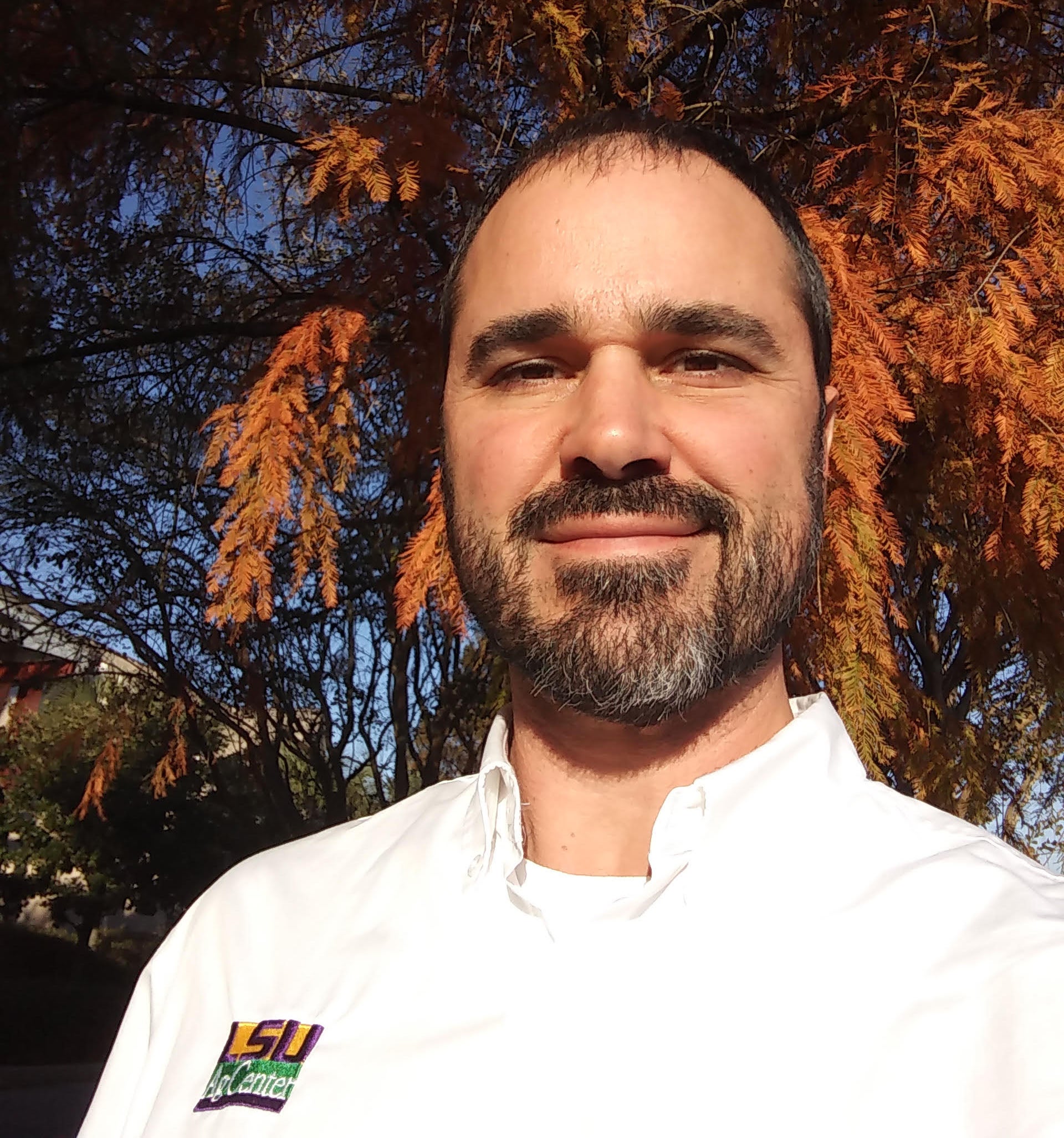Brock: Planning ahead for planting
Published 12:04 am Saturday, December 11, 2021
|
Getting your Trinity Audio player ready...
|
Last year I decided I wanted to grow purple potatoes in the family garden. We’ve got some great local nurseries but this is not the sort of oddball thing they keep in stock. I started to order online in December, anticipating a January planting. Some vagueness about delivery dates caused me to call the place and discuss timing. Turns out the ground is frozen (frozen!) in Maine this time of year. So they can ship the spuds as early as mid-March if they get a thaw; well past when I wanted to plant. I got the potatoes anyway (late March) and they’re still hibernating in my refrigerator waiting for January 2022.
If there’s a point to that anecdote, it’s that we often need to plan ahead; sometimes way ahead. I’m thinking about this now because it’s time to order seeds for spring planting. Local nurseries will have good options for transplants by March. But if you want particular cultivars (or colors), you’ll need to plant your own seeds.
Small-seeded plants like tomato and bell pepper are best sown into potting soil and nurtured along until they are ready to transplant. This takes about six to eight weeks. So early January is a good time to start if you want to plant your garden in March. So now is the time to order seeds to be shipped on time, barring any supply line problems.
Once seeds arrive, plant them in plastic cell packs or make your own mini-pots. Lots of ideas are out there; I like newspaper cups that can be planted directly into the ground. If you’re re-using plastic cell packs, clean them then sanitize in 10% bleach solution. Plant them in loose potting soil at the right depth; generally, twice the seed’s diameter is ideal. Keep them moist but not soggy.
Keep them in a warm place, especially as they’re germinating. Once they’ve broken through the soil, give them full sun. They’ll also want frequent liquid fertilizer as they grow to push them along. Start at the first set of true leaves and fertilize every week or so. You may add slow-release fertilizer as well, since you’ll be watering often.
I seem to get seed catalogs in April, well past the time they’d be useful. I guess much of the country is just getting out of the aforementioned freeze then. For me it’s fun to look at them and make a wish list I may use later. Bear in mind many of the plants advertised are build for Yankee climates (rhubarb, anyone?) and may not like the River Parishes.
I pick most of my varieties from the Louisiana Vegetable Planting Guide from the LSU AgCenter. Available online or in print, it’s a valuable reference. It lists varieties our professors and extension agents have found to perform well in trials. It also suggests optimal spacing, fertilizer, and other cultural practices.
I like trying different things; so I’ll grow something new sometimes and keep a record of how it performed. A few notes on planting date, cultivar, etc. can be a big help for planning next year. You may want to mark your calendar for December next year to look at your notes and order seeds. Yes, I’m planning way ahead.
If you want to know more about gardening, landscaping, or anything else horticultural, contact the St. John & St. James parishes Horticulture Extension Agent André Brock at abrock@agcenter.lsu.edu. Also, the LSU Ag Center’s website can be accessed at www.lsuagcenter.com with lots of user-friendly information, including this article.





